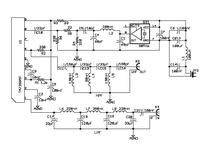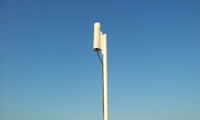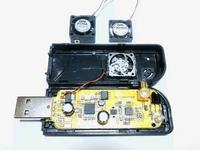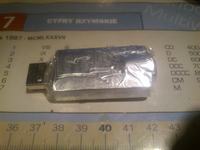This is how we perceive these stations ... It is the bane of these dongli. In my case, wrapping the plate with copper foil helped a bit, it cut the weakest ones and the really strong ones moved to the area of 35-45MHz where there is not much interesting. This was reflected in the higher frequencies where some mirror frequencies appeared. As for the Sample Rate, I noticed that the lowest settings improve immunity to very strong signals, as if the receiver was becoming deaf but maybe it's just an illusion because I haven't done any tests. And the maximum ones, in my opinion, are not practical because once you can't see anything on this waterfall, two before you tune in, the transmission will usually end. You need to know what you want to listen to. On the newer computer I use 2.4MSP's, it is enough to cover the whole 2 meter band with small chaks and the computer can be used normally.
Well, you don't look in the teeth of a gift horse.
Well, you don't look in the teeth of a gift horse.













